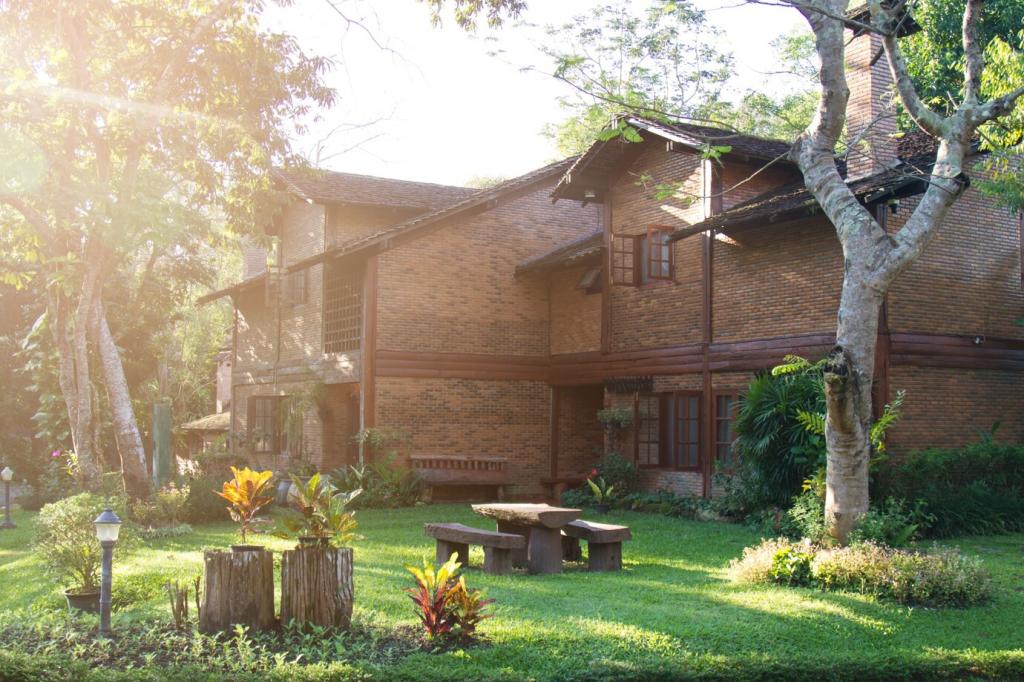
Growing Beauty with Biodegradable Materials in Garden Design
Selected theme: Biodegradable Materials in Garden Design. Welcome to a garden philosophy where every choice returns to the soil as nourishment. Explore practical ideas, honest stories, and creative experiments—then subscribe and share your own biodegradable adventures with our community.
When coir, jute, or paper-based mulches decompose, they feed microbial life that stabilizes soil structure and boosts nutrient cycling. Your garden becomes a miniature ecosystem where waste disappears. Tell us how your soil has changed after switching from plastic.
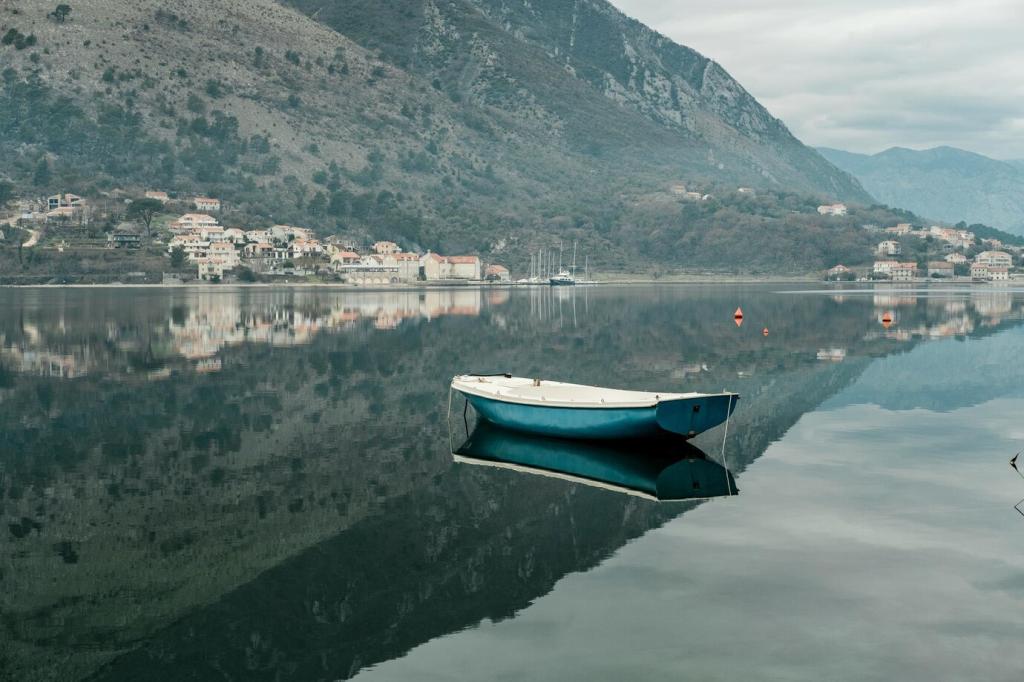
Meet the Materials: From Coir to Mycelium
Coir mats manage erosion on slopes and maintain moisture around perennials. Jute twine offers sturdy, compostable support for peas and tomatoes. Together, they solve everyday tasks without leaving plastic traces. Which beds in your garden could use this simple duo?
Meet the Materials: From Coir to Mycelium
Bamboo canes and woven willow create elegant arches, obelisks, and edging that weather gracefully before returning to the soil. They provide seasonal structure while remaining lightweight and adaptable. Share your sketches for a bamboo trellis and we will feature reader designs.
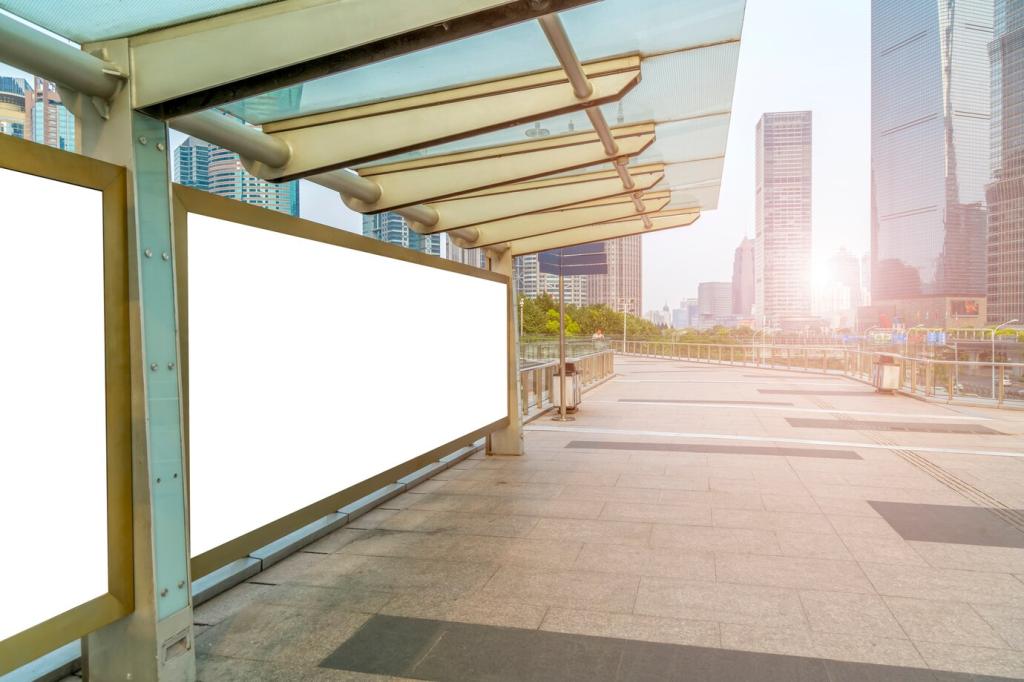
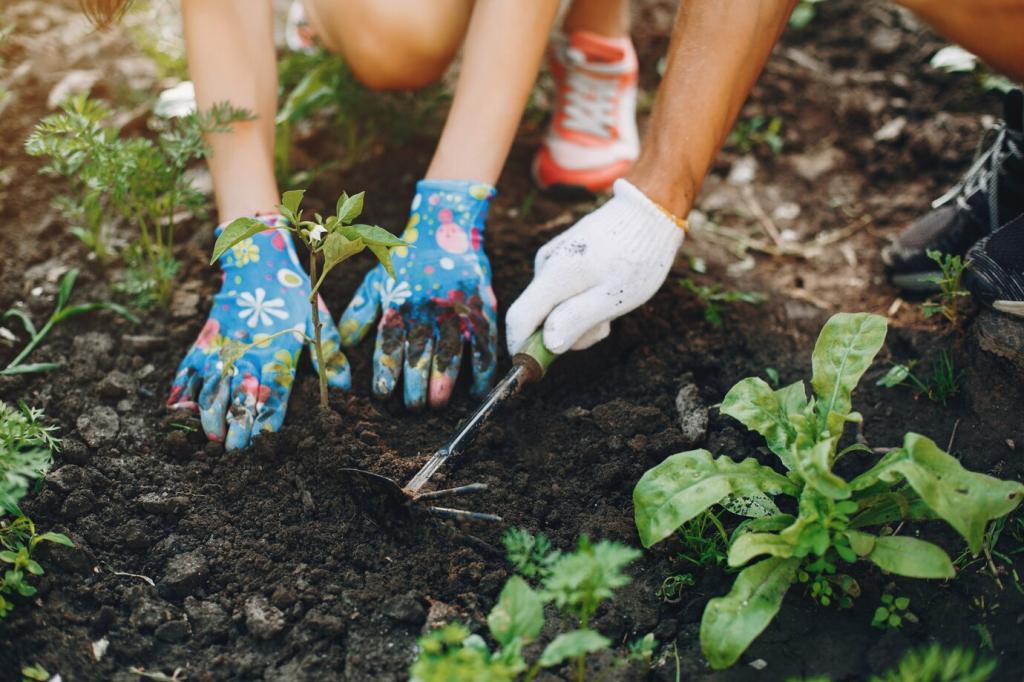
Design Moves Using Biodegradable Elements
Soft paths and forgiving edges
Lay jute geotextile beneath wood chips to stabilize garden paths while letting rain soak through. Border curves with coir logs that subtly guide foot traffic. Over time, edges mellow into the soil, leaving only plants to define the route.
Planters, seedling systems, and mulches
Swap plastic pots for molded pulp or paper pots that transplant directly into beds, minimizing root shock. Add straw or leaf-mold mulch to protect moisture and suppress weeds. Share your favorite seedlings that thrive in compostable cells.
Ephemeral art and seasonal structures
Compose woven willow screens, twined jute banners, or mycelium lantern forms for a seasonal focal point. Let weather and time soften the edges until forms melt away. Tag your installations so readers can learn from your creative process.
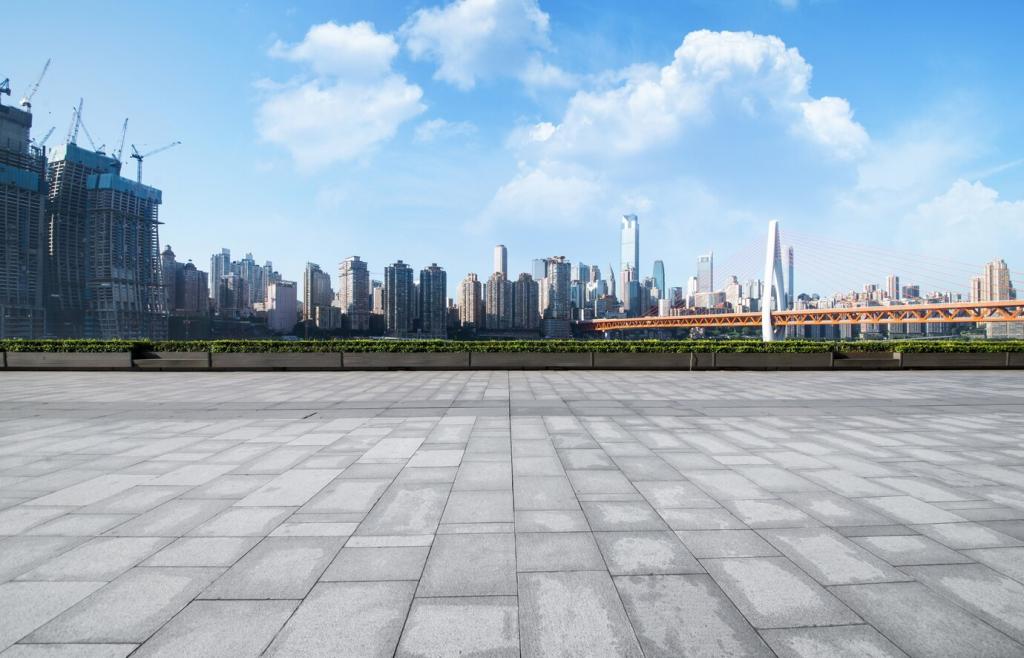
How to Install, Maintain, and Return to Soil
Site preparation and layering basics
Remove persistent weeds, rough up compacted soil, and water deeply. Lay biodegradable textiles flat, overlap seams, and pin with wooden stakes. Add mulch on top to shield fibers from harsh sun, extending performance while allowing microbes to do their quiet work.
Watering, lifespan, and timing
Expect jute textiles to last a growing season, coir to persist longer, and straw to break down within months. Moisture, heat, and soil biology accelerate change. Share your regional timeline so others can plan installations and rotations with confidence.
End-of-life: composting done right
Cut materials into smaller pieces to speed decomposition, then layer with greens and browns for airflow. Avoid items with synthetic coatings. Turn your pile regularly. Comment with your favorite compost recipe and we will compile a community guide.

A Courtyard Story: From Concrete to Living Texture
A neglected courtyard held heat and debris. With jute fabric, coir logs, and bamboo canes, we defined gentle paths and raised pockets of soil for herbs. The first afternoon felt like exhaling, as the echo of footsteps softened into mulch.
A Courtyard Story: From Concrete to Living Texture
We used coir for moisture retention around rosemary and thyme, jute to stabilize new beds, and willow hoops for peas. Everything was selected to feed soil later, not the landfill. Tell us which trio you would pick for your space.
Join the Biodegradable Garden Movement
01
Replace one plastic habit this week—perhaps swap plastic ties for jute or trial paper seed pots. Track results in a simple notebook. Comment with your swap and we will highlight progress in next month’s roundup.
02
Post a photo of your biodegradable path or planter and note the materials used and local sources. Compare durability across climates. Your insights help someone else choose better. Invite a friend to join and co-design your next project.
03
Subscribe to receive seasonal checklists, sourcing tips, and design prompts centered on biodegradable materials in garden design. Reply to each issue with questions or wins so we can tailor future guides to your evolving garden.
